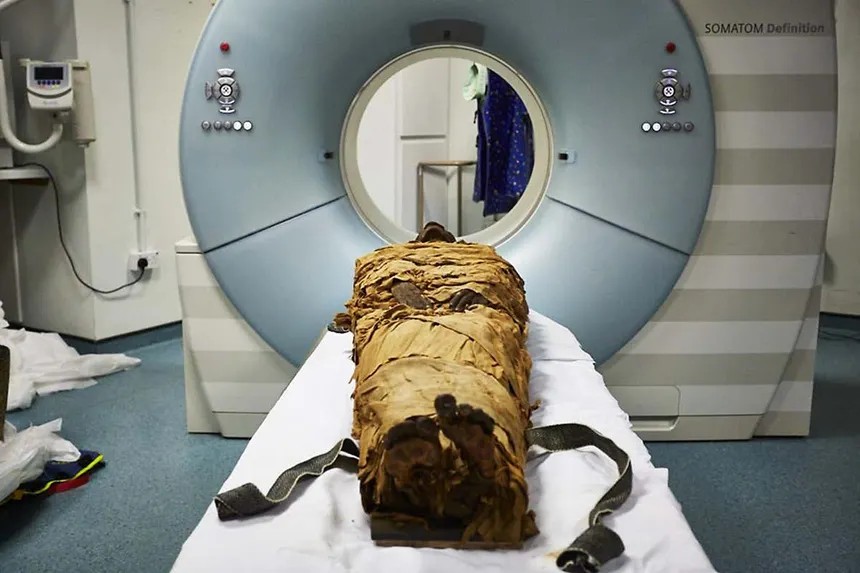
Study reveals woody, spicy, and sweet Aromas from 5,000-year-old remains
While the idea of smelling an ancient corpse may seem unappealing, researchers have discovered that well-preserved Egyptian mummies with scents actually emit pleasant fragrances.
A study published in the Journal of the American Chemical Society examined the scents of nine mummies, some as old as 5,000 years, housed in the Egyptian Museum in Cairo. Using chemical analysis and a panel of human sniffers, researchers found that the mummies had aromas described as woody, spicy, sweet, and even floral. These scents likely stem from embalming materials such as pine and juniper resins.
Debunking the myth of rotting mummies
“In movies and books, people who smell mummies often face terrible consequences,” said Dr. Cecilia Bembibre, a researcher at University College London’s Institute for Sustainable Heritage. “But we were surprised at how pleasant the scent was.”
Scientists from UCL and the University of Ljubljana in Slovenia conducted the study without directly sampling the mummies, which would have been invasive. Instead, they used advanced air sampling techniques to determine if the aromas originated from the bodies, preservation chemicals, or natural deterioration.
Dr. Matija Strlič, a chemistry professor at the University of Ljubljana, noted that researchers had initially feared they would detect signs of decay or microbial degradation. “Fortunately, that was not the case. The preservation environment in the museum appears to be quite effective,” he said.
Scent and status in ancient Egypt
In ancient Egypt, scent played a crucial role in the mummification process. Oils, waxes, and balms were used not only to preserve the body but also to ensure a connection to the afterlife. Pleasant smells were associated with purity and divinity, while foul odors were linked to decay and corruption.
According to Dr. Strlič, analyzing these scents provides insight into the social status of the mummified individuals. “It tells us potentially what class a mummy belonged to, which is valuable information for curators, archaeologists, and conservators,” he explained.
Implications for future preservation and museums
Barbara Huber, a postdoctoral researcher at the Max Planck Institute of Geoanthropology, praised the study for offering new insights into compounds that could help protect mummified remains. However, she cautioned that the detected scents might not be identical to those present at the time of mummification, as centuries of evaporation, oxidation, and storage conditions could have altered them.
Huber previously led a study that analyzed embalming residue from a noblewoman’s mummified organs, using the data to recreate an ancient fragrance called “Scent of Eternity” for a museum exhibit in Denmark.
Inspired by this approach, researchers from the current study hope to develop “smellscapes” that recreate the original scents of mummies, enriching museum experiences.
Bringing ancient history to life through scent
Dr. Bembibre emphasized that smell is an essential but often overlooked aspect of experiencing history. “Museums are traditionally visual spaces where we observe artifacts through glass cases,” she said. “But engaging with history through scent allows us to connect with the past in a more immersive way.”
By unlocking the lost aromas of ancient Egypt, researchers aim to offer visitors a deeper, more sensory-rich understanding of mummification and the culture that surrounded it.





